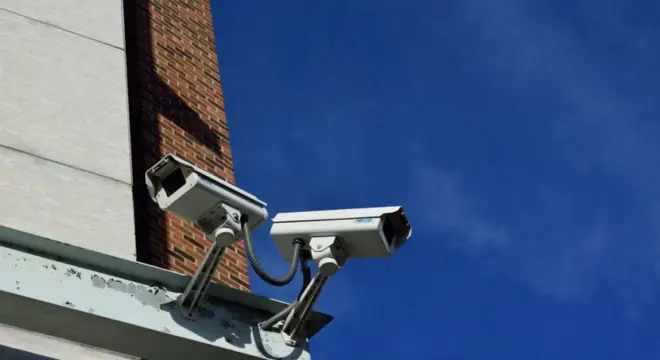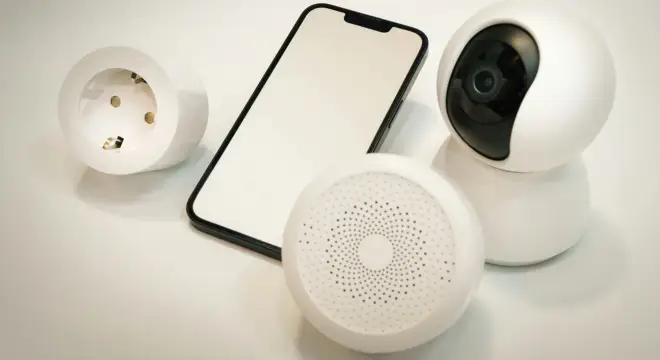Introduction to Privacy-Focused Home Security Systems?
Are home security systems safe from privacy risks?
With growing concerns over data breaches and unauthorized access, homeowners are prioritizing systems that store data locally and limit external communication. Two main approaches cater to this need: integrated solutions offering simplicity and convenience, and custom setups providing greater control and flexibility.
Let’s explore how these options address privacy-focused security needs.
Key Requirements for Privacy-Focused Systems?
1. Local Processing and Storage of Data
Ensure all video footage and sensor data are stored on-site to maintain complete control over your information.
2. No Mandatory Cloud Connectivity
Avoid systems requiring internet-based services for functionality, reducing the risk of external data breaches.
3. Reliable Motion Detection and Notification Capabilities
Opt for systems with advanced detection features (e.g., person or vehicle recognition) to minimize false alerts.
4. Manageability Post-Installation
Choose solutions that can be maintained without extensive technical expertise, ensuring ease of use for all users.
5. Budget Considerations
Stay within a $2,500 budget, including equipment, professional installation, and optional subscriptions for enhanced features.
Option 2: Component-Based Approach
Description of DIY System
This approach involves assembling your home security system using individual components like cameras, sensors, and Network Video Recorders (NVRs). Each piece is selected based on specific needs, providing maximum flexibility.
Examples: Reolink and Amcrest cameras, Aeotec Z-wave sensors for entry detection.
Software: Use local management software such as Blue Iris to integrate and control the system without external dependencies.
Advantages
1. Greater Control Over Components and Privacy
- Choose devices and software that align with your privacy and functionality requirements.
2. Flexibility to Upgrade or Replace Parts
- Customize and modify the system as needs change over time.
Drawbacks
Requires Technical Knowledge
- Configuration can be challenging for users without a technical background.
Complexity in Network and Hardware Setup
- Setting up a secure and efficient network may involve advanced configurations like VLANs or firewalls.
Reader Comments and Insights
Reolink Experience
- Reolink hardware is praised for being reliable and affordable.
- Offers local storage options, eliminating the need for mandatory subscriptions.
- Features like person/vehicle detection enhance usability while maintaining privacy.
Alternative Suggestions
- Aeotec Z-wave sensors paired with privacy-focused hubs for entry detection.
- High-end options like Dahua, Hikvision, or Axis for professional-grade security systems.
- Practical Tips from Users
Isolate Camera Networks
- Use VLANs to separate camera traffic from the main network, enhancing security.
Professional Installation
- Ensure proper cabling and setup for system reliability and performance.
Climate-Resistant Cameras
- Opt for cameras designed to withstand extreme weather conditions in colder regions.
Privacy Tips
- Avoid vendors with questionable privacy practices (e.g., Eufy, Lorex).
- Use firewalls or VPNs to block unauthorized external access to your cameras.
Recommendations Based on Comments
Integrated Systems
UniFi Protect:
- A plug-and-play solution offering robust privacy features and a unified system for ease of use.
DIY Systems
Reolink or Amcrest Cameras:
- Pair these reliable cameras with Blue Iris software for privacy-focused local management.
Aeotec Sensors:
- Ideal for entry detection, offering flexibility and compatibility with privacy-centric hubs.
Professional Installation
- To maximize network performance and ensure proper setup, consider hiring a professional installer for tasks like VLAN configuration and cable management.
Conclusion
Balancing privacy, reliability, and cost is key to choosing the right home security system. Assess your needs—whether an integrated setup’s simplicity or a DIY system’s flexibility suits you best—and consider consulting professionals for optimal installation.
Community insights and real-world tips are invaluable in finding a solution that ensures both security and privacy. With a thoughtful approach, you can create a secure system tailored to your home.


